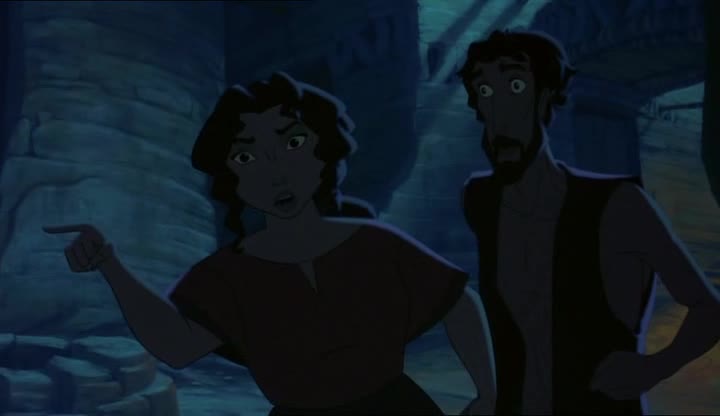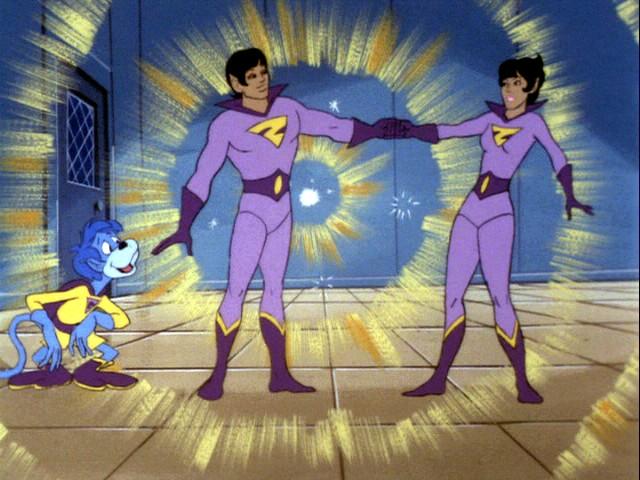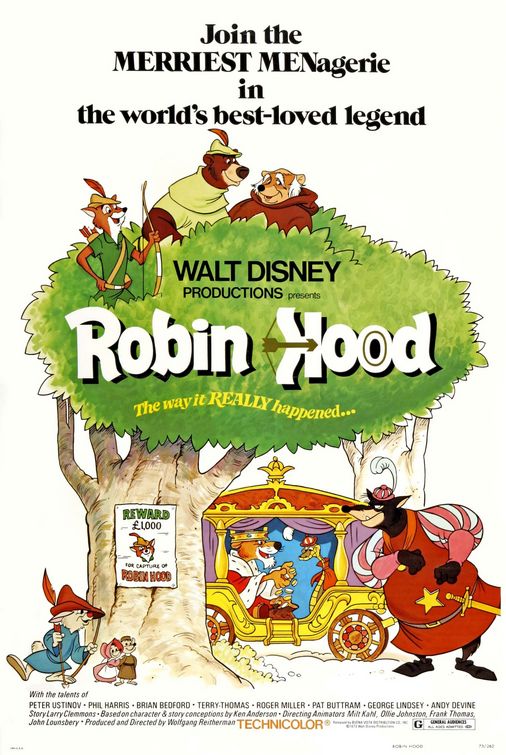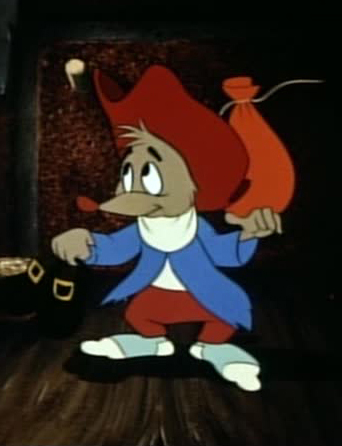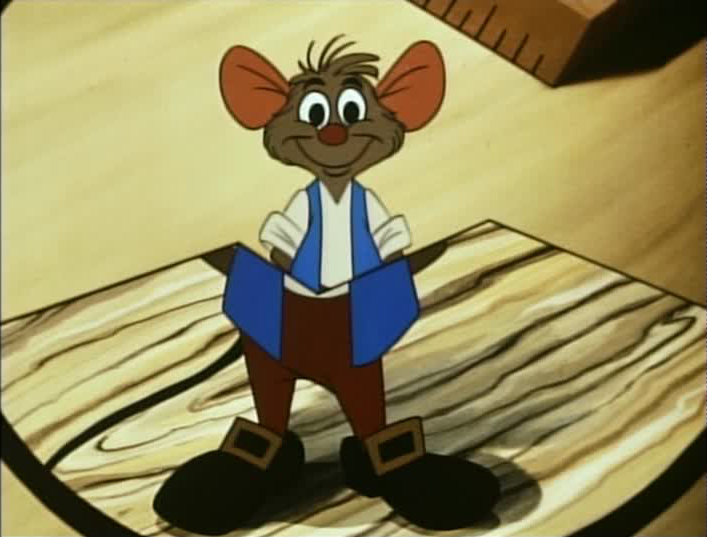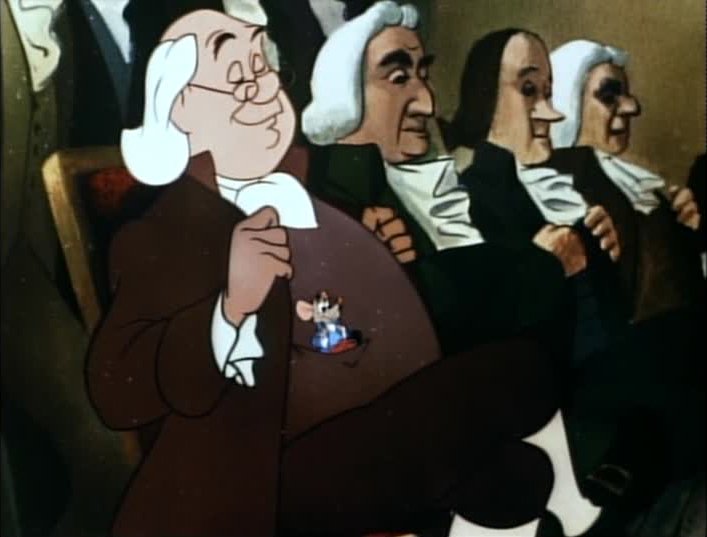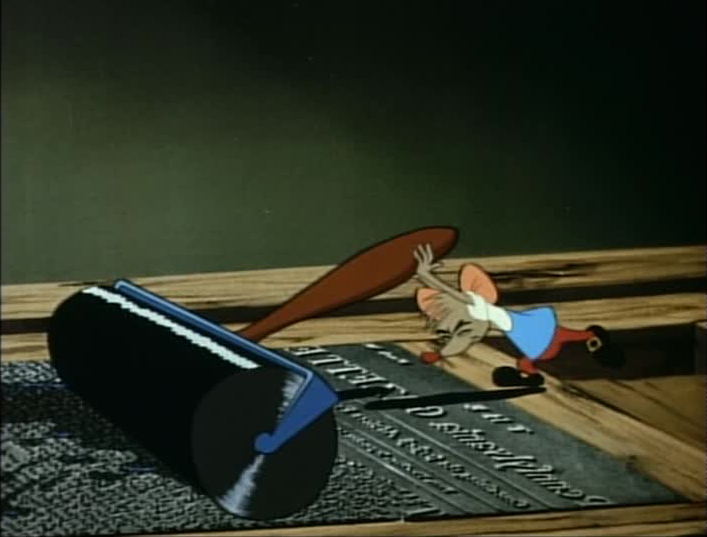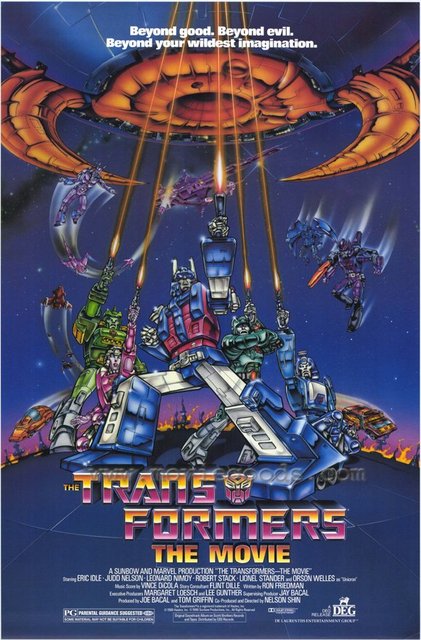Tim's Toons: The voice of Sandra Bullock
 Thursday, July 24, 2014 at 9:20PM
Thursday, July 24, 2014 at 9:20PM Tim here. The mission statement of this column is “something to do with animation” (I suck at writing mission statements), which would seemingly preclude me from taking part in Celebrating Sandra Week here at the Film Experience.
But wait! As it turns out, there was exactly one time that Sandra Bullock voiced an animated character, in 1998’s The Prince of Egypt (as opposed to Gravity, where she was the only thing onscreen that wasn’t animated).
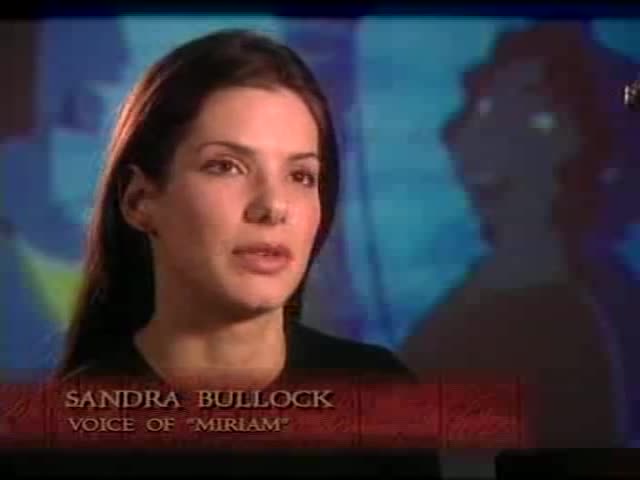
An adaptation of the Biblical story of Exodus, this was only the second film ever released by DreamWorks Animation (after 16 years, it remains one of their best). It was also the second DreamWorks film to favor a voice cast chosen for marquee value over skills in voice acting, building on a tradition that the studio would proudly continue for the rest of its existence. And in this case, it continues the longstanding Hollywood habit of populating stories from Hebraic scripture almost exclusive with non-Jews: Jeff Goldblum is the sole Jewish lead in a film whose voice cast includes Val Kilmer, Michelle Pfeiffer, Patrick Stewart, and Ralph Fiennes (the latter two aren’t playing ancient Hebrews, at least), alongside Bullock, one of the most famous subjects of the “Is she Jewish? I guess not” game of all time.
More to the point, that list of people includes nobody other than Stewart and Goldblum whose voice is so obviously distinctive that they’d necessarily make sense to put into an animated movie, but that’s DreamWorks for you. Among such company, Bullock doesn’t stand out as particularly grating or out-of-place (apologies to Nathaniel, but Pfeiffer pretty effortlessly takes Worst in Show, as far as that goes). In fact, watching the film for the first time with a particular ear for Bullock’s work, I’d go so far as to call her one of thebest members of the cast. Compared to Kilmer’s generic mid-Americanisms in the lead role, it doesn’t take all that much for anybody to stand out in the cast, of course, but Bullock is especially noteworthy in that she has the exact same liability as Kilmer – a voice carefully trained to sound like it comes from absolutely nowhere in particular, but probably Ohio-ish – and still manages to shade her line readings just enough to suggest a kind of formal pre-modern attitude, something that none of the other Americans in the cast ever really manage.
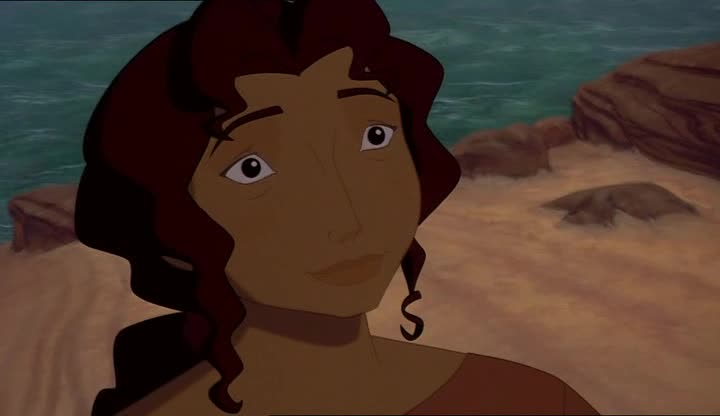
That being said, she has hardly any time to make an impression, with a role whose brevity is matched only by Helen Mirren’s (so, not an actressexual-friendly movie, basically). Bullock’s own unenthusiastic description from the officially sanctioned making-of featurette of 1998 is that her character, Moses’s biological sister Miram, “is sort of the believer, the one who holds on to the faith… She helps her brother cross over, and see where he came from.” And if that sounds like a stock character who gets nothing interesting to do, that’s because it’s exactly what she is (she’s also the lead singer of the Oscar-nominated song “When You Believe”, but Bullock didn’t do her own singing).
Still, she puts some heart into it, and a lot of earnestness, and it’s enough to put the character over as a real personality, even if she’s a bit one-note in her “Moses! Are you gonna lead the chosen people yet?” characterization.
It’s more then Goldblum doing Goldblum in ancient Egypt can claim. It’s a lot more than Martin Short and Steve Martin doing nothing at all but cashing checks can claim. The problem with the DreamWorks casting trend (that has since infected virtually all animated filmmaking in America, not just that studio) is that movie stars typically look more interesting than they sound, as true for the bulk of The Prince of Egypt as anything in the Shreks or the abysmal casting of Brad Pitt as the white-breadiest Sinbad in film history. And by all rights, it should apply to Bullock as much as anybody; but she pushes herself just enough to make sure that doesn’t happen. It’s a largely unimaginative performance of a role that means only a little bit to the movie as a whole, but she manages to make a real impression, and given what she was working with, that’s a real, if small triumph.
